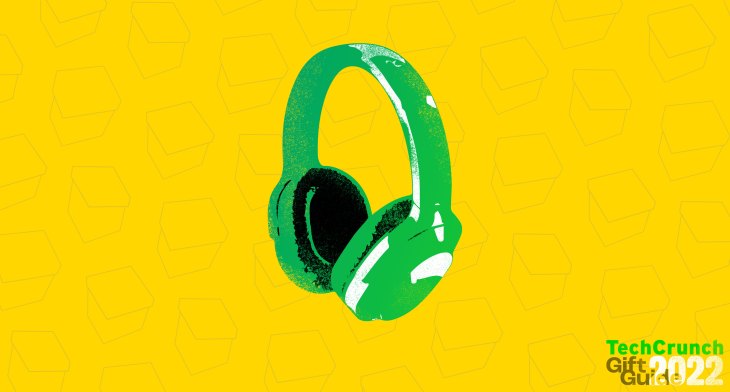Good sound is as important to enjoying a game as any other part of the experience, and these days you have your choice of dozens of headsets for every platform. Here are a few of the latest and greatest headsets for your gaming pleasure whether you’re a PC, Xbox, PlayStation, Switch or even mobile gamer.
Many of my 2020 review’s models are still around, but new year, new roundup — we have some returning brands and a couple new ones. I focused specifically on cross-platform, over-ear headsets (i.e. PC plus console, Bluetooth and other options as a plus) that are totally wireless and cost less than $200. Personally I feel that’s where you get the most bang for your buck.
This is hardly a systematic review, just my impressions — and I left off a pair or two that didn’t make the cut. I’m going to list these in the order I’d recommend them to a friend, but every model has its pros and cons. (I based my opinion on the “normal” MSRP but some of these are discounted right now for holiday sales.)
This article contains links to affiliate partners where available. When you buy through these links, TechCrunch may earn an affiliate commission.
SteelSeries Arctis Nova 7 Wireless – $180 (on sale for $159)
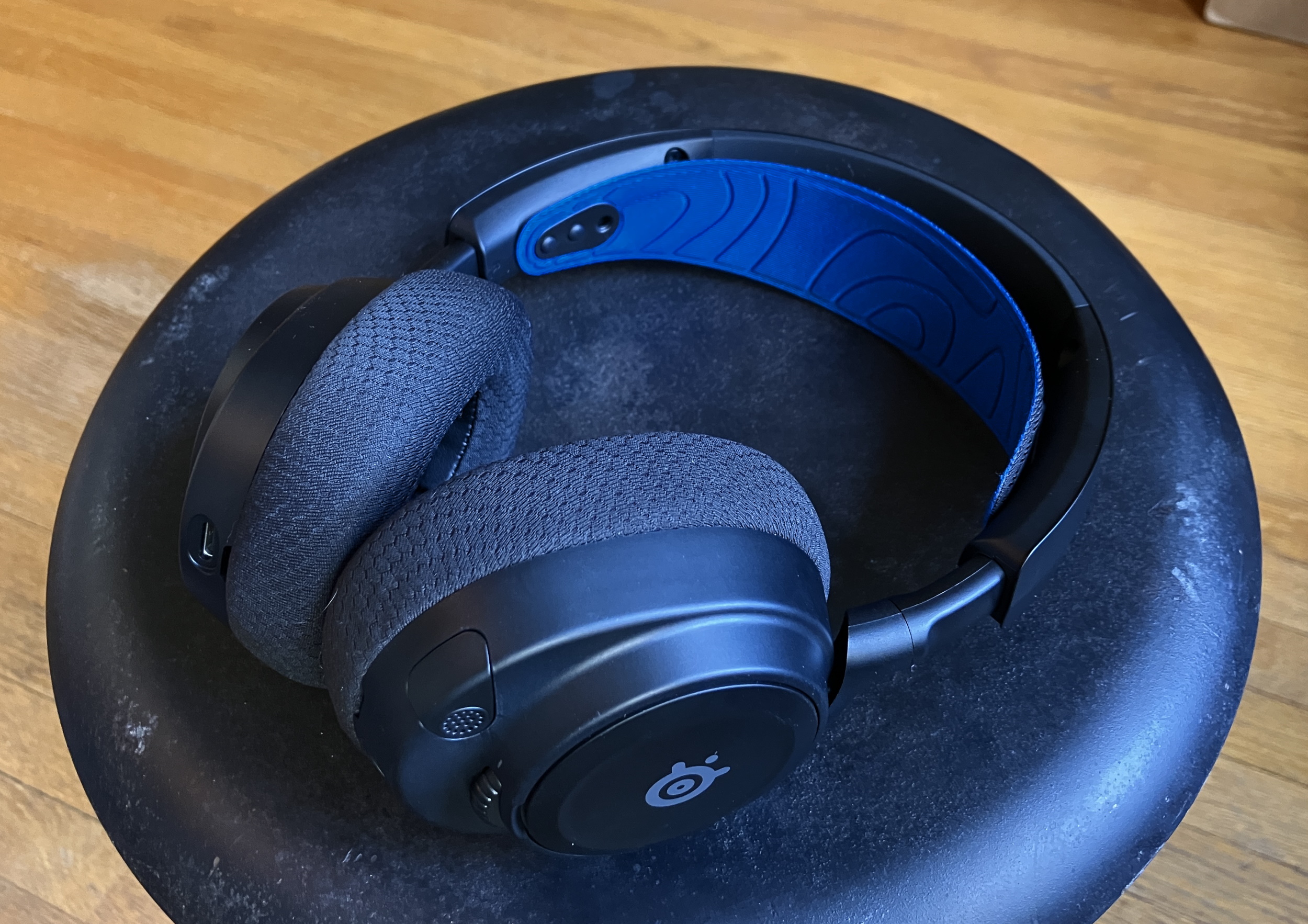
Image Credits: Devin Coldewey/TechCrunch
Last time I did this, I was blown away by the SteelSeries 7P, which offered an enormous soundstage, great battery life and a really comfortable fit. And I’ll just tell you right now, if you want a great deal, those headphones are on sale right now for $90 — easily the best value on this list.
But there’s a new pair in town, and I don’t know how they did it, but the company has managed to achieve more or less the same thing in a smaller, lighter package with the Nova 7.
My main issue with the 7P was that its control/port layout was messy and they are a bit bulky. The Nova 7 remedies both these issues with a more compact design, USB-C and simpler layout. The volume wheel has more distance, the telescoping microphone is flush at rest and buttons are tucked away but easy to find. Although the Nova 7 is lighter and more trim, I wouldn’t say the fit has improved — the 7P earcups were very generous and these, though apparently the same size, feel smaller and not so conforming. Really they’re very comfy though, with a ski goggle strap and plush foam.
More importantly, the sound is just as good as its predecessor. I’ve come to expect the highly spatial, well-balanced quality of sound that you get with both of these headsets, a real feel that the game environment or even music is surrounding you. It may not be ideal for all music but it’s great for games and it’s definitely my preference. The useful “sidetone” returns as well, piping in sound from outside the cans — you can quickly turn it up to hear what someone is saying rather than taking off the whole thing.
These work with practically every platform, plus Bluetooth, plus 3.5mm headphone jack — I’ve found this input continues to be indispensible even as wireless becomes the norm. It’s a bit bemusing how much they managed to pack in. The SteelSeries Nova 7s are my first and most unreserved recommendation.
Razer Barracuda – $160
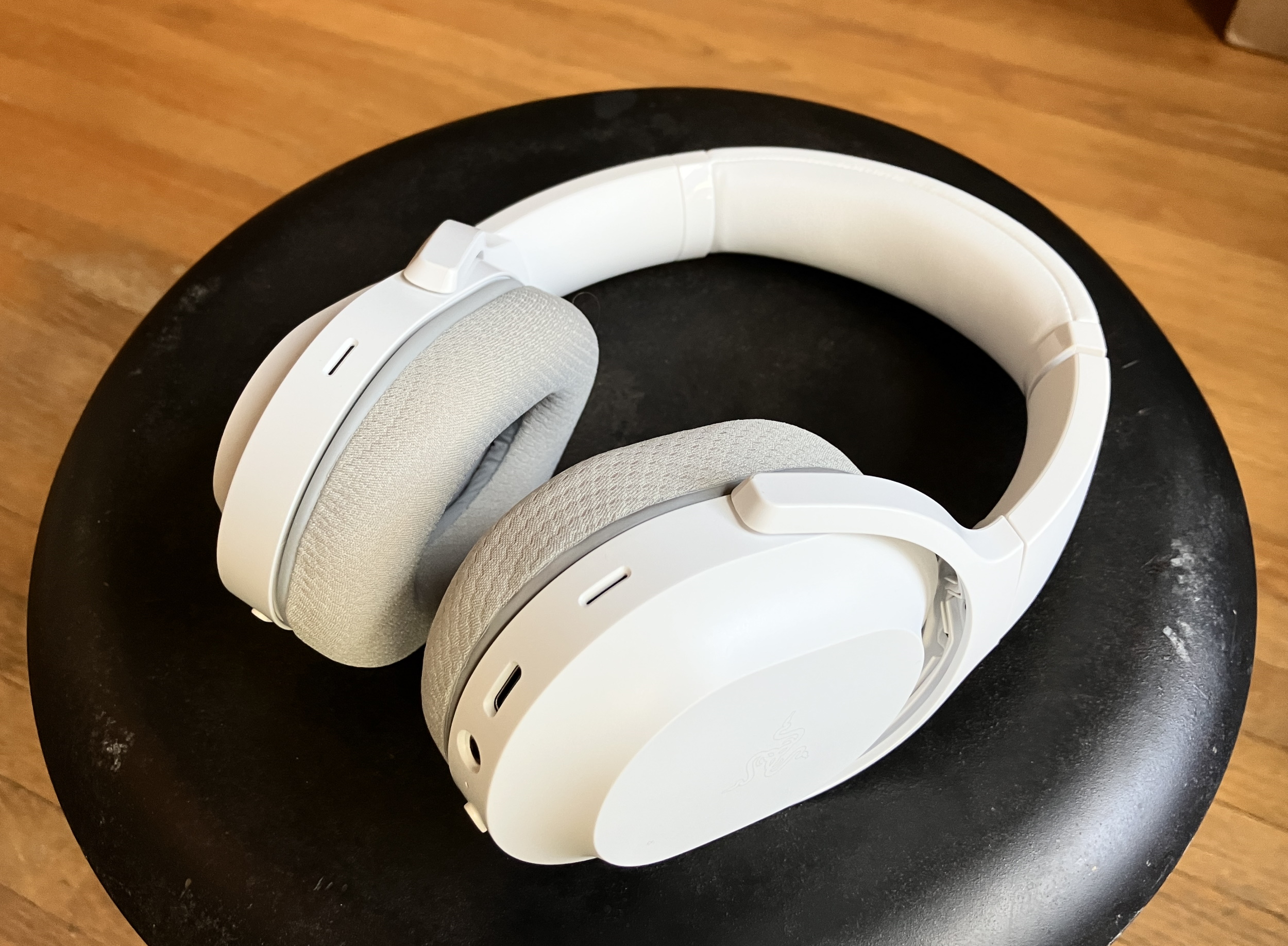
Image Credits: Devin Coldewey/TechCrunch
Razer has two on this list, the Barracuda (not the Barracuda X, to be clear) and Kaira Pro. To be honest, I think the Kaira Pro (I’m not sure about the non-Pro version) is the superior set, but whether it’s worth the money is a more difficult call. I found the Barracuda to be an excellent headset, with a direct, punchy sound quality and comfy, traditional padded headband fit (compared with a goggle strap).
They seem a bit rigid when you first hold them, but they’re quite light and fit my (large) head very well with a couple headband stops to spare, plus they fold flat. The layout is simple, with just the volume dial, power and mic mute, and a switcher for Bluetooth/Wi-Fi. The dual slit mics are effective but you don’t get the richness of a decent boom sitting in front of your face (I’ve gotten lots of compliments on the Blackshark V2 I often use for calls).
These also have the advantage of a 3.5mm port that works as a mic in (should you prefer a boom mic) or headphone jack input. Right now I’d say these are probably the best value of Razer’s wireless lineup.
Epos H3Pro Hybrid – $279 (on sale for $199)
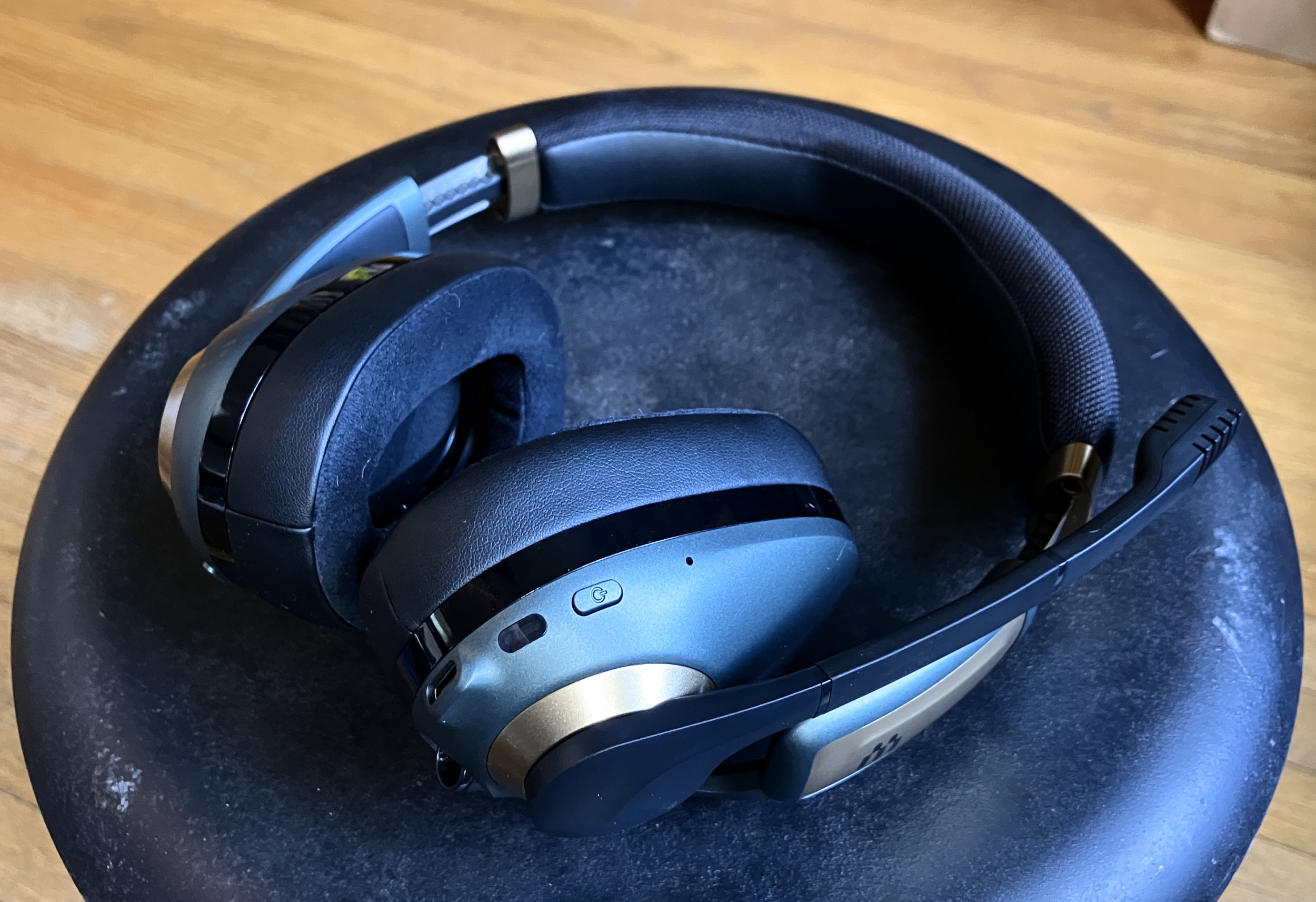
Image Credits: Devin Coldewey/TechCrunch
I justified including these, with their $279 list price, on this roundup because they appear to be on permanent sale for $199. As the only headset I tested with active noise canceling (others are offered but are also quite expensive), I thought it worth having a distinct upgrade pick.
The picture doesn’t do them justice… but still the Epos design aesthetic is not really to my liking (they look almost military), but I have to say I was pleasantly surprised by the H3Pro’s quality and comfort. They’re less rigid than they look due to a single headband attachment point, but don’t fold up. I would describe their sound as immediate and intense but with a good sense of space, not as wide as the SteelSeries but plenty big. And the noise canceling, while it won’t beat your Boses or your Sonys, works well and may be attractive to the traveling gamer who’d rather not keep two or three pairs of cans for different situations.
Their controls and inputs are where they fall down, though. I found the volume dial on the earcup to be unresponsive, spinning for a while with no response and then a sudden jump or drop in volume. The buttons and ANC switch are fine, if a bit haphazardly placed. The bulky boom mic attaches via a magnet. Most irritatingly, the headphone jack is 2.5mm, so you’ll need to keep an eye on the included cable for it.
While the sound and ANC for the Epos were great, the hardware feels dated and simultaneously over- and under-thought. But if the comfort, sound and ANC outweigh my quibbles, you could do a lot worse than the H3Pro.
PDP Victrix Gambit – $130
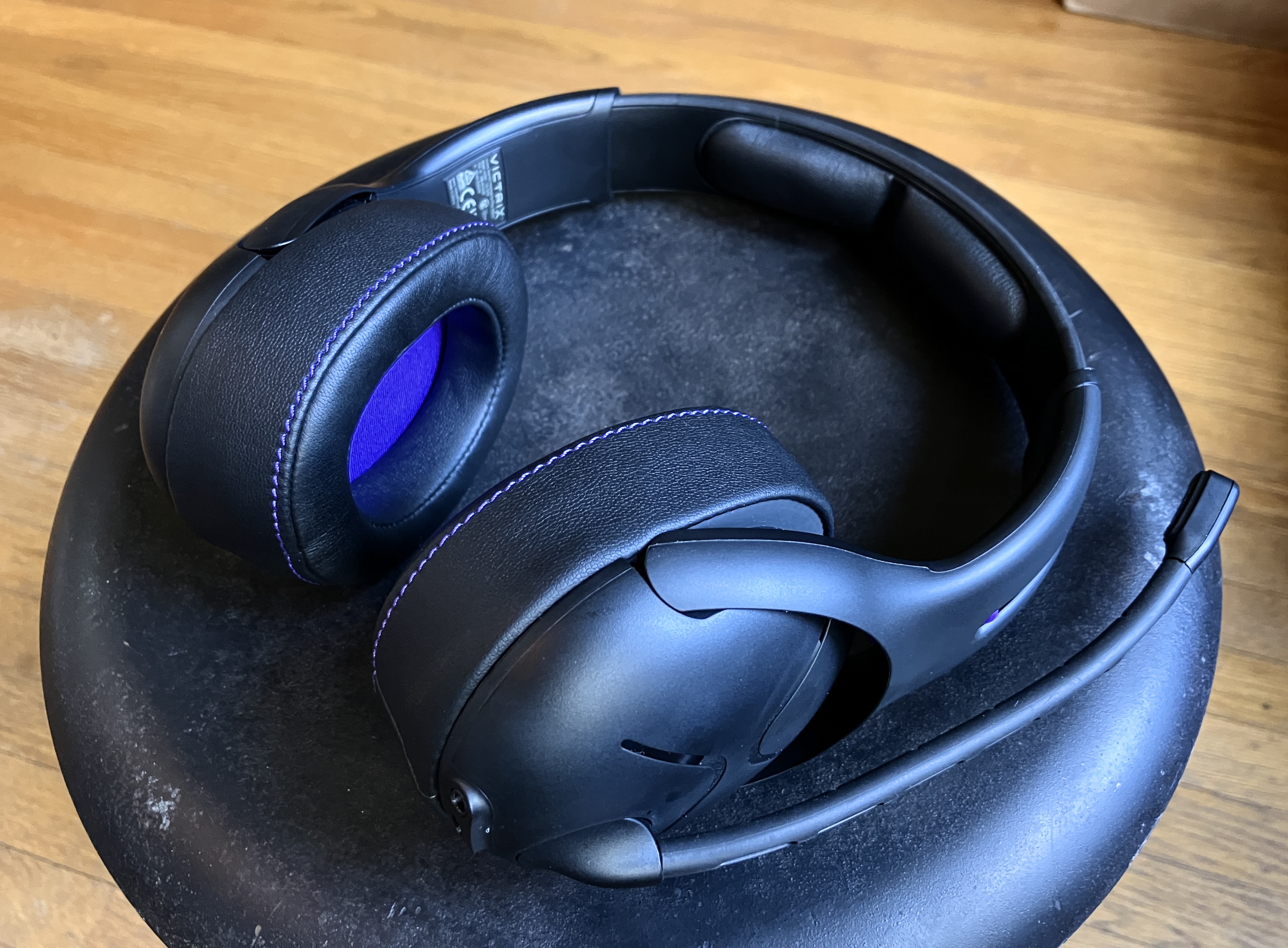
Image Credits: Devin Coldewey/TechCrunch
I hadn’t used any PDP headphones before, but the Gambits — a slightly older, fancier model than the newer Airlite Pro — impressed me. Their punchy, bass-heavy sound probably isn’t the best for music, but it definitely felt powerful and accurate in action games. It also has a respectably wide soundstage, not as big or balanced as the Nova 7 but very good. They look a bit plasticky but the fit is good, though not particularly “isolating” compared to the others.
The headset has a dial-based volume control that’s a little fiddly at first but refreshingly analog-feeling and ultimately precise, and a quick mic monitor button that lets you quickly set or turn off hearing your own voice. The boom mic is non-removable but pretty minimal and feels both strong and flexible. There’s a 3.5mm input as well, always a plus.
On the negative side, not much: A micro-USB instead of type-C connector is a minor grievance, and they don’t fold up. This is a solid headset going for a specific sound,
Razer Kaira Pro – $199 (on sale for $150)
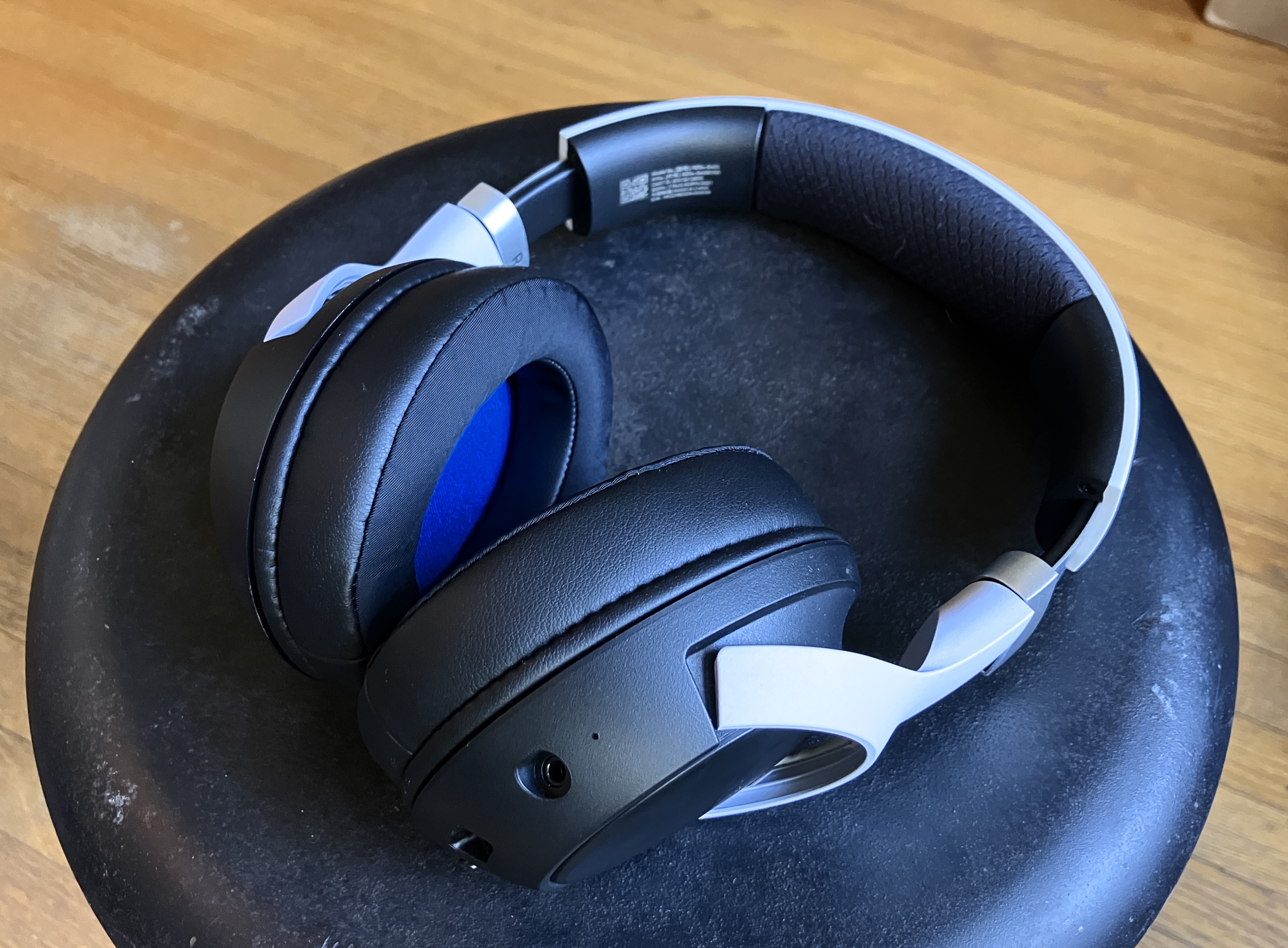
Image Credits: Devin Coldewey/TechCrunch
These things are great, but for my taste they’re a bit over the top. The sound is excellent, but similar to what you get in the Barracuda. The fit is an improvement over that headset, with a bigger, softer earcup you won’t be adjusting as often.
What the Kaira Pro adds is the always-dubious RGB lighting (I prefer not to), and a truly compelling but ultimately kind of exhausting haptic engine. I hear you asking: What — haptics in your ears? Believe me, I thought it sounded weird too. But what the headset basically does is monitor the waveform and emphasize peaks and intense periods with a sort of physical pulse.
To be honest I thought I would hate it. But when I tried it on a boss fight in God of War Ragnarok, it felt cool: more like a subwoofer kicking in than something rattling my skull. The pulse strength can be adjusted on the fly or turned off completely — which is what I ended up doing after an hour or so.
While it’s interesting, I found it a bit too intense combined with the already visceral sound the headphones provide. Your mileage may vary, but ultimately I decided that the extra money, battery drain (it takes hours off), and fuss wasn’t something I cared enough about. I personally think the Barracuda is a better deal — but if you want the same sound in a somewhat superior package and don’t mind spending another $30, by all means.
(As I was writing this, though, they went on sale for $130, and at that price I would definitely recommend them, even over the Barracudas, which were not reduced. If you can catch them at that price, go for it.)
PDP Airlite Pro – $80
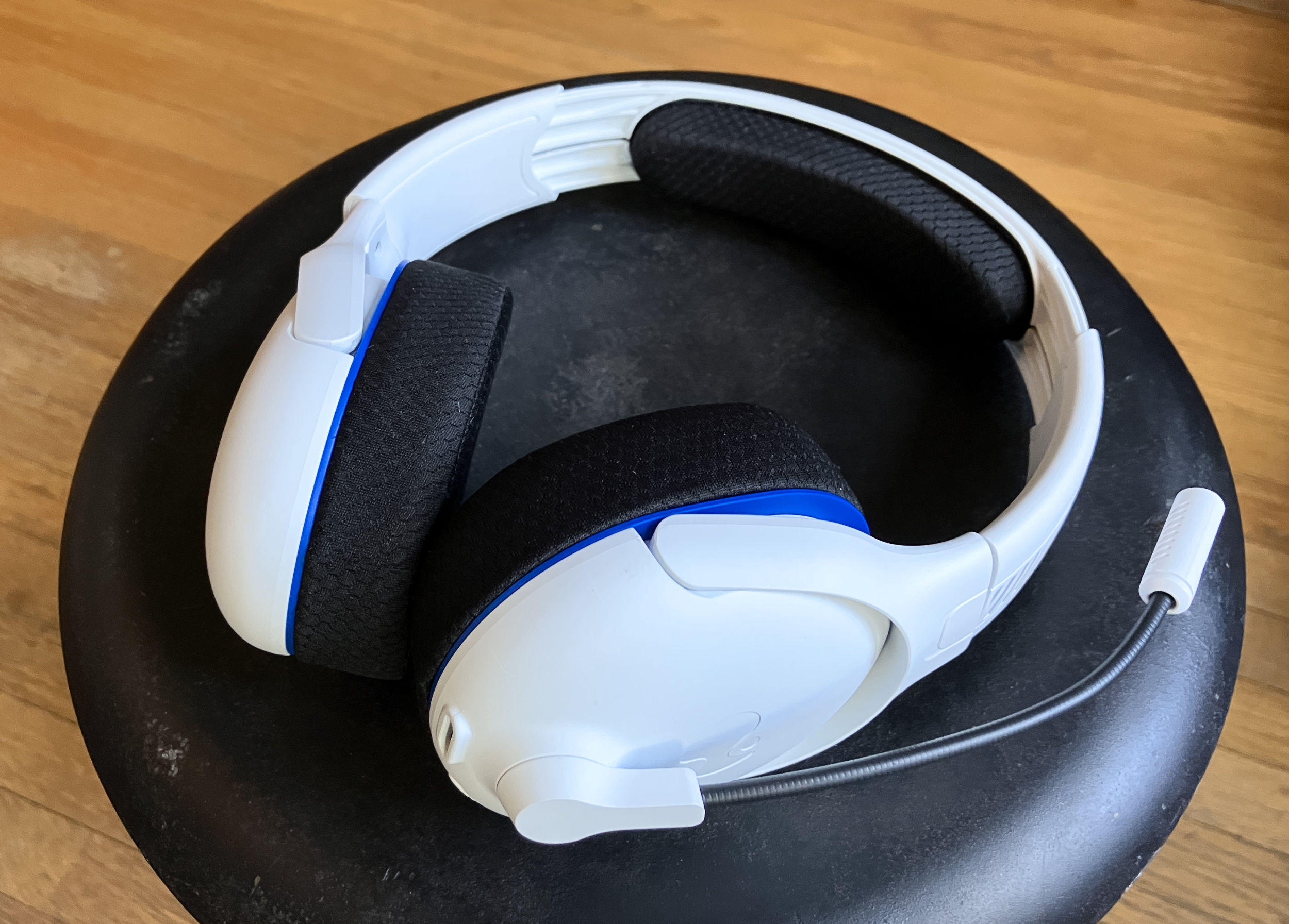
Image Credits: Devin Coldewey/TechCrunch
These headphones lived up to their name — they’re extremely light and quite comfortable, and fold flat-ish. That plus the USB-C port would make them something of a sidegrade to the Gambits listed above, but I wasn’t a fan of the sound. Like the Gambit, it was fairly enveloping and powerful, but I feel the Airlites push the bass even further than those, to the point where I felt it was overwhelming other details.
It’s definitely a matter of taste, though. If you like bass-heavy music or like to have a sub and bump the low EQ, these might be great for you. I will say they lose a point for not having the 3.5mm jack their cousin does, though.
